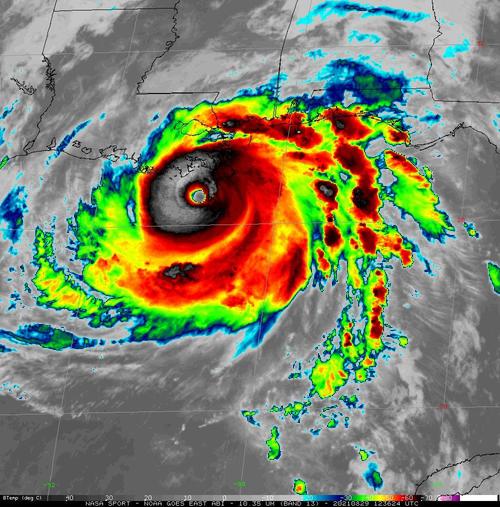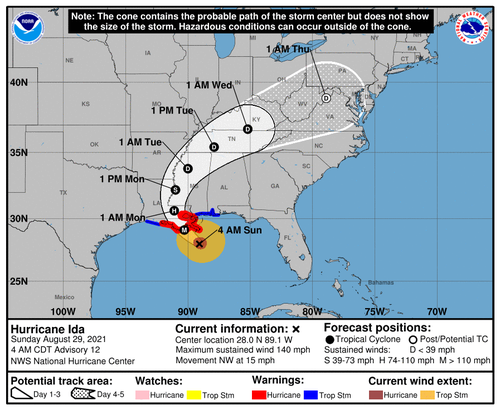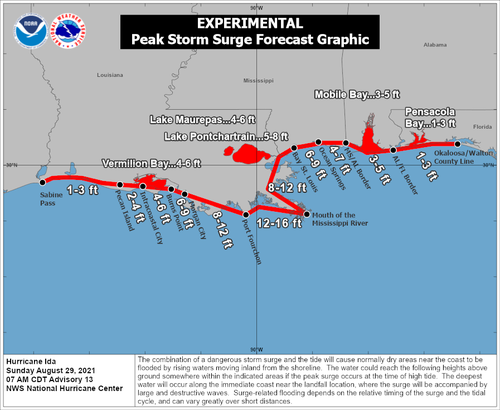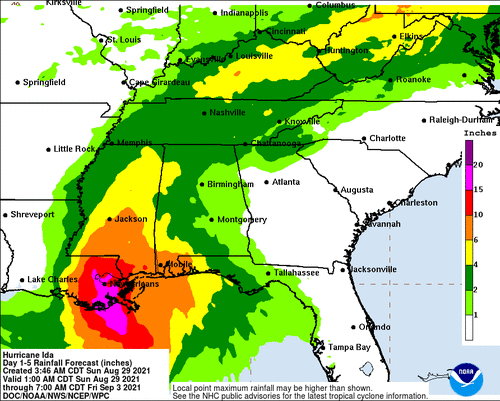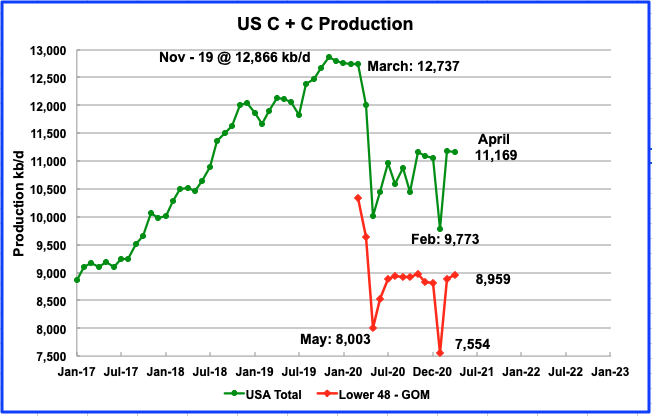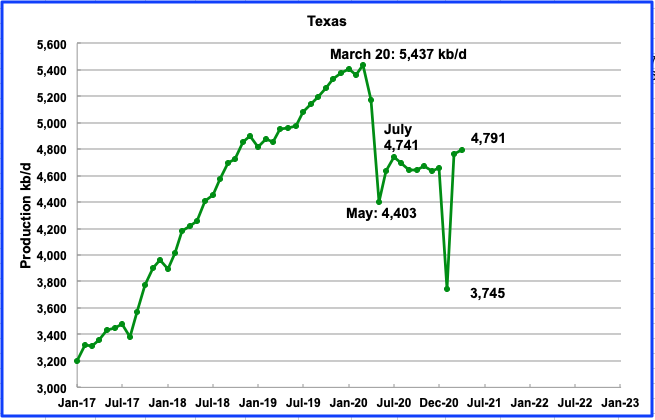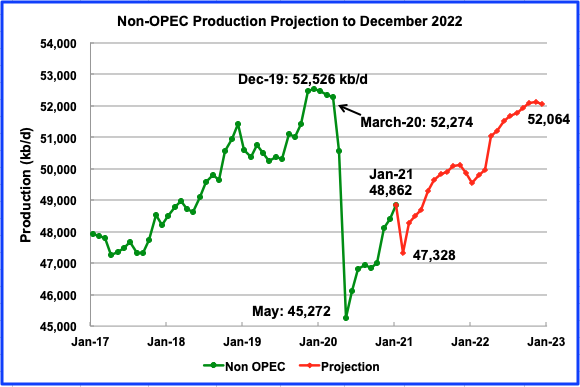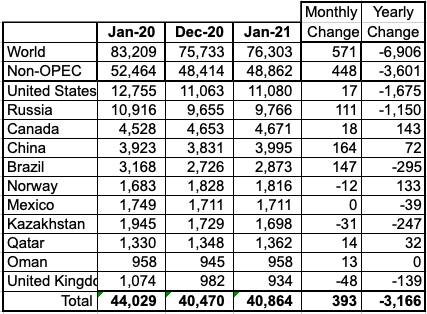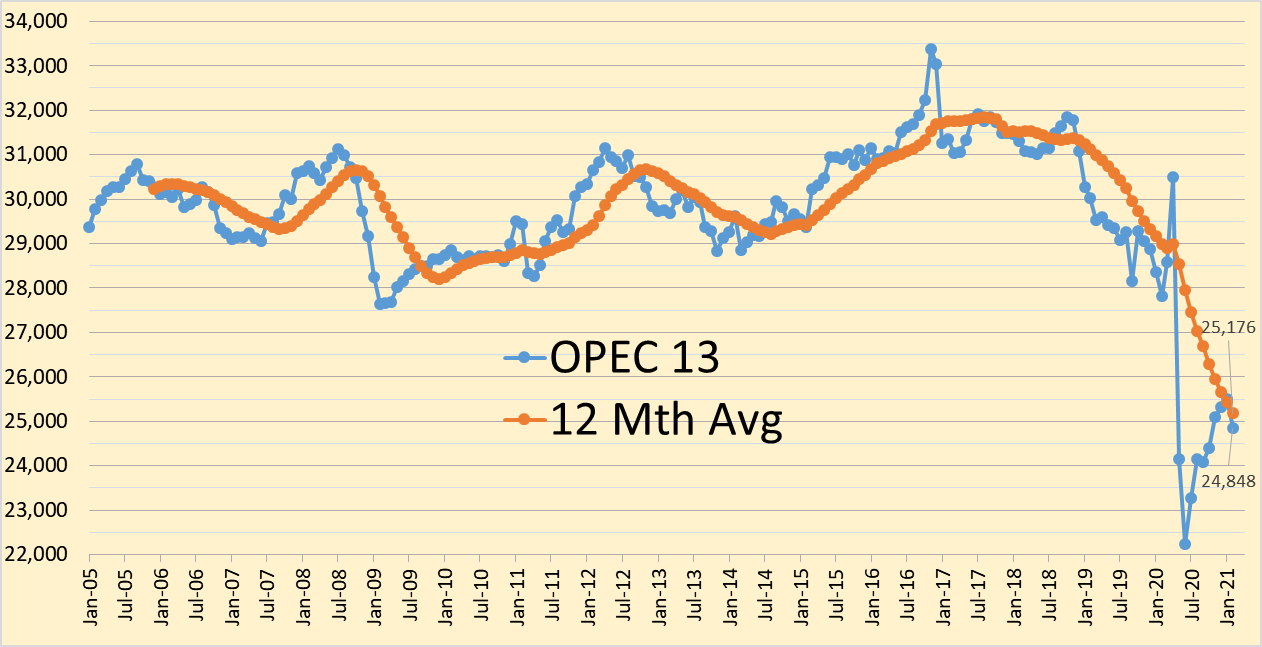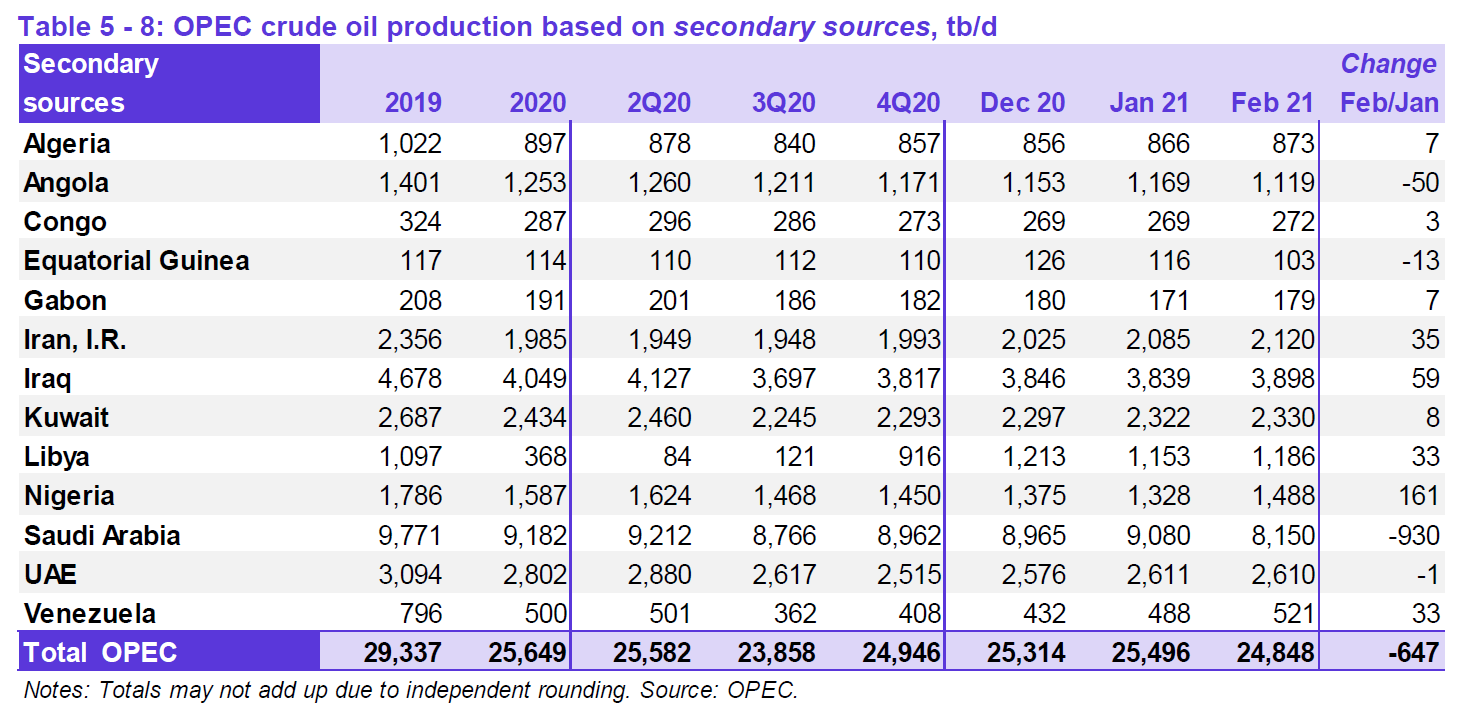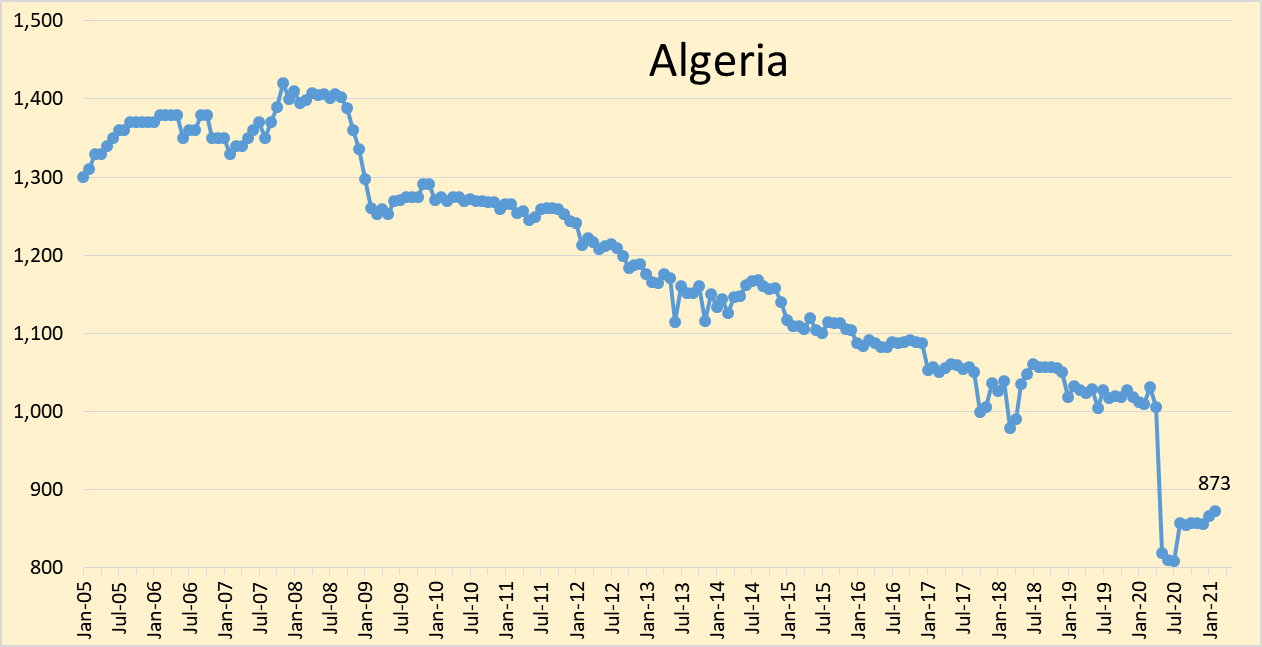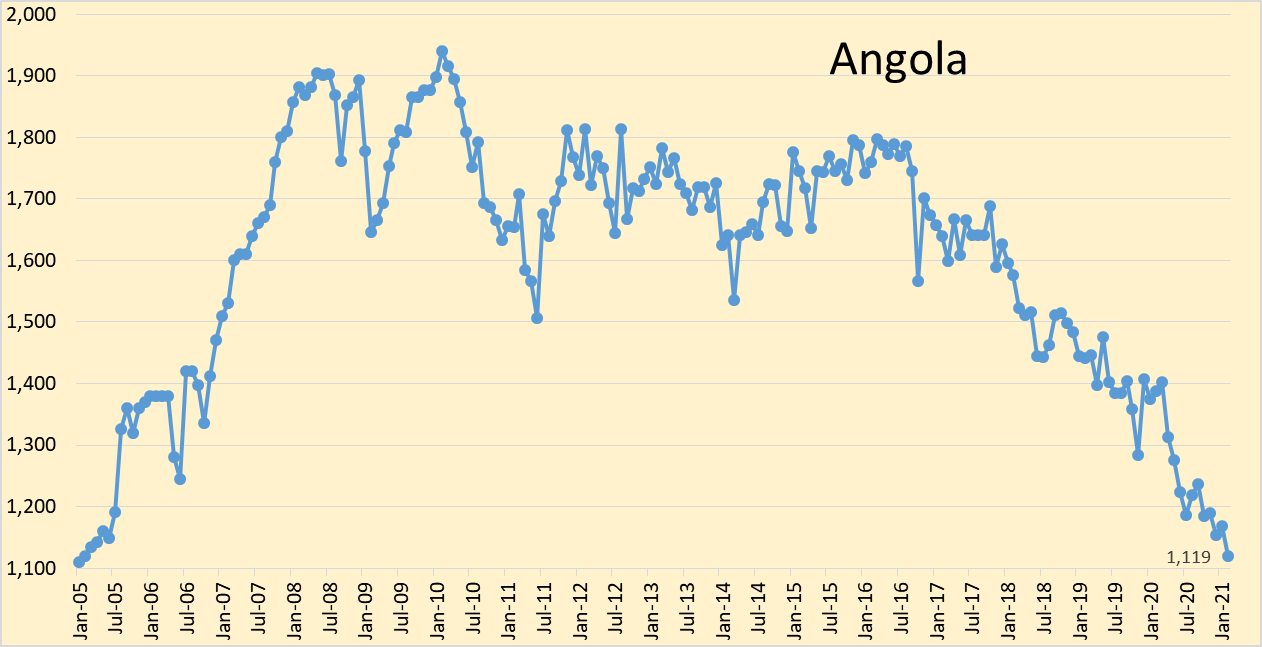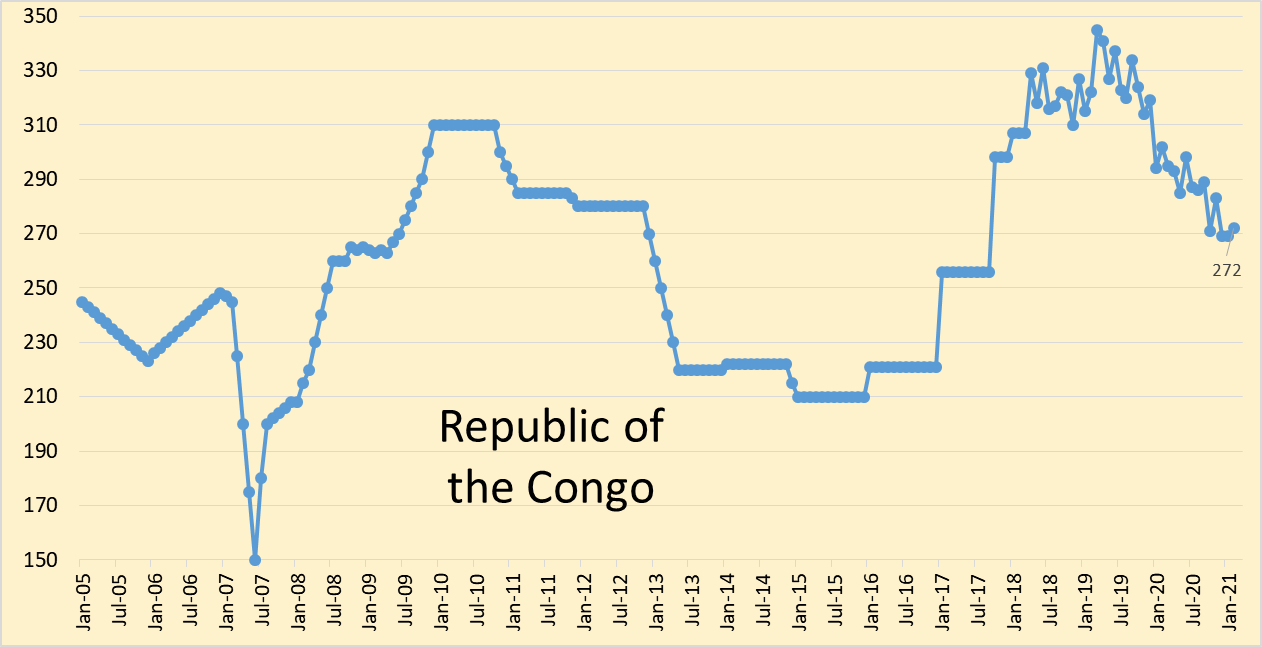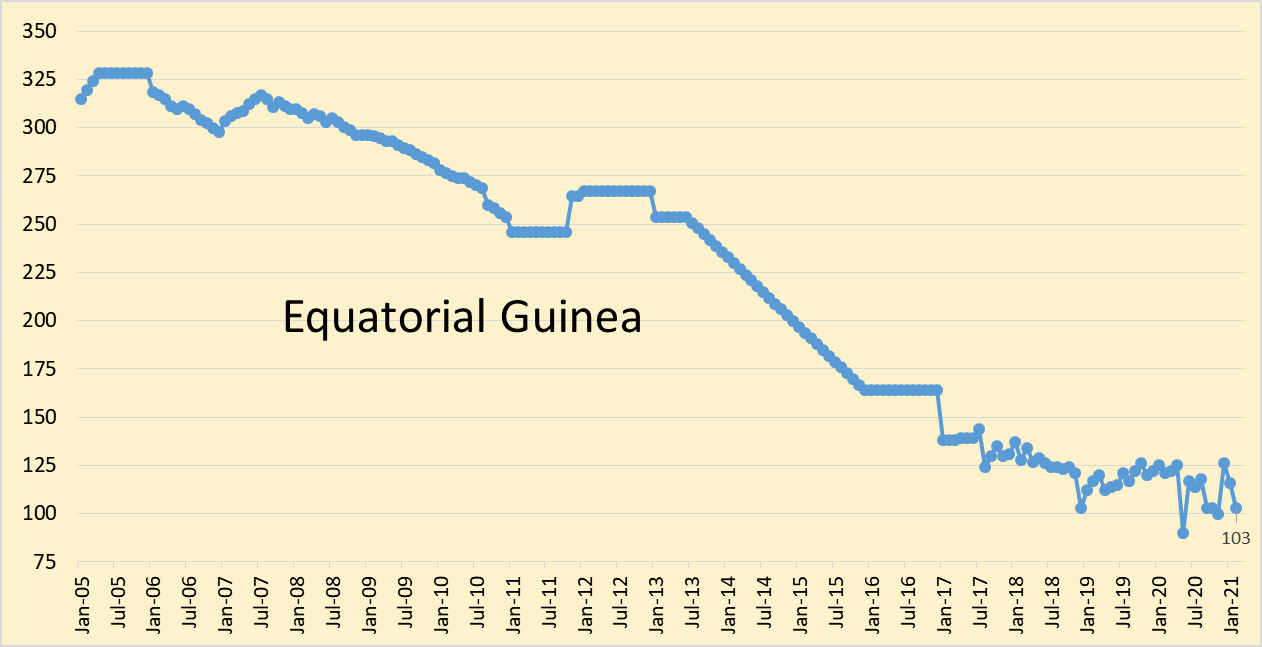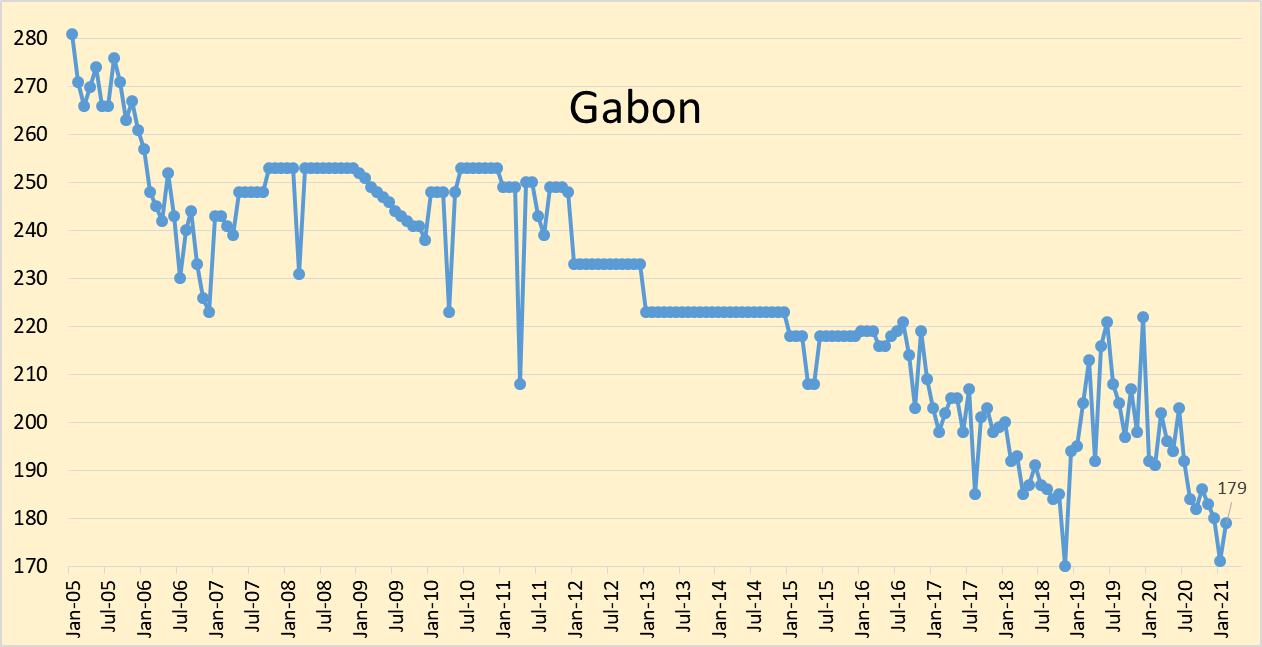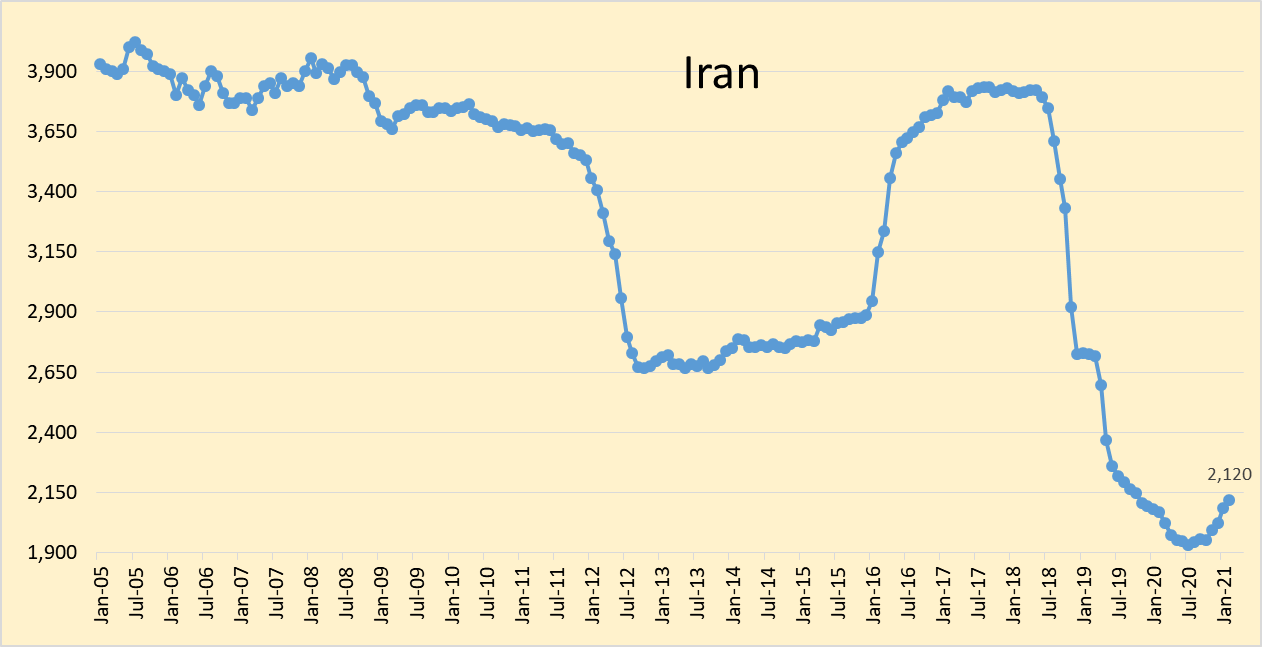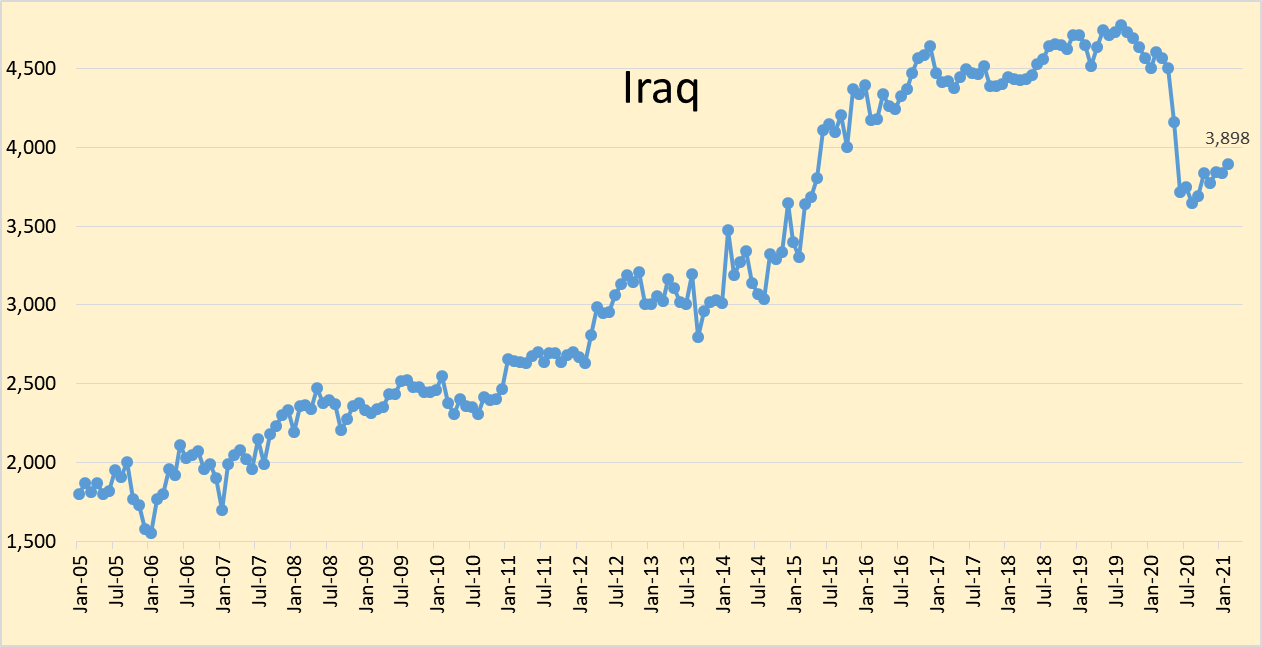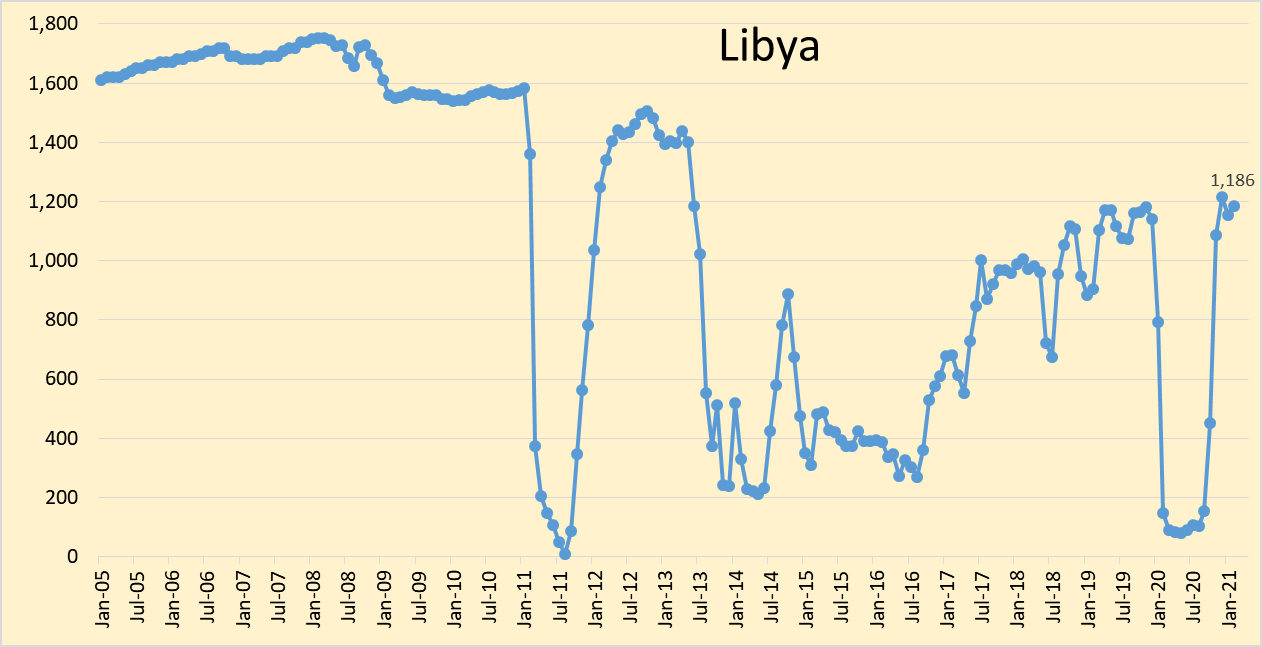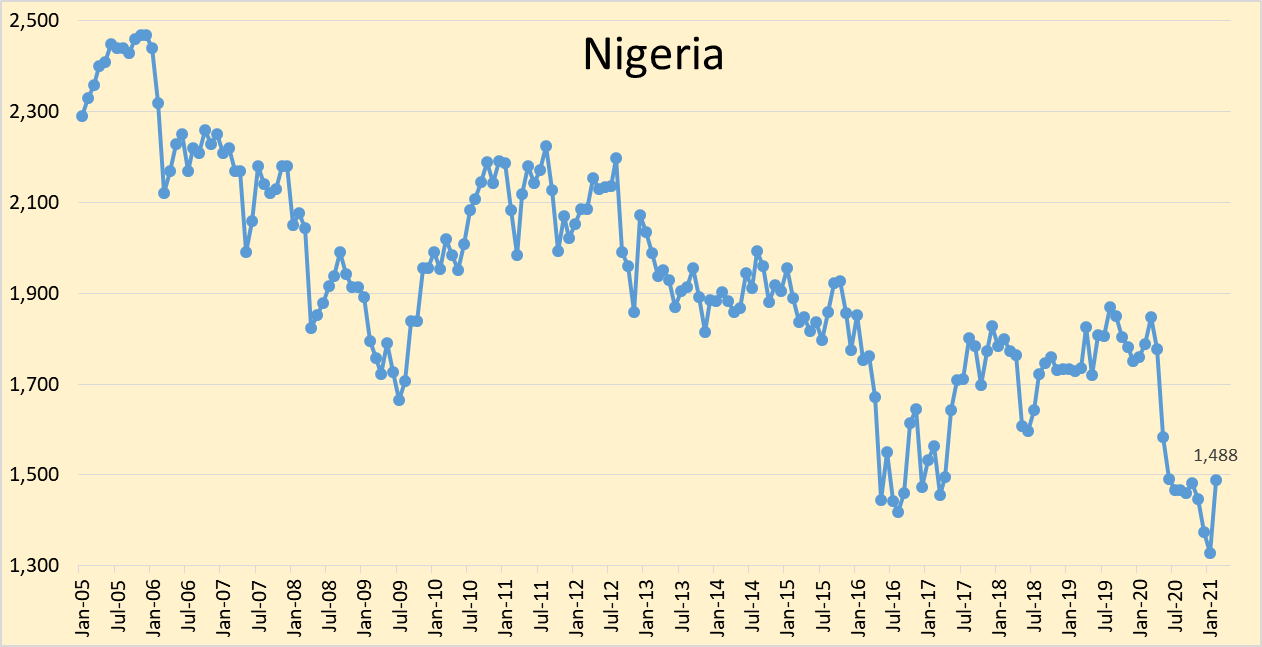
As if reversing the course of the Mississippi River, forcing hospitals to hunker down with patients that couldn’t be moved, and nearly shutting off the power and internet in New Orleans wasn’t enough, Hurricane Ida has also disrupted oil and gas production.
The Bureau of Safety and Environmental Enforcement on Sunday said that 95.6% of current oil production and 93.7% of the gas production in the Gulf of Mexico had been shut down in response to Hurricane Ida, which made landfall as a powerful Category 4 storm in Louisiana. Offshore Gulf operators had to evacuate personnel due to Ida and as of Sunday had moved workers off 288 production platforms, or 51.4% of manned platforms in the area, and 11 rigs, or 100% structures in the area.
In addition, the BSEE reported that 10 dynamically positioned rigs—which are not moored to the seafloor and can change locations in a relatively short period of time—had moved out of the storm’s projected path. They represent 66.7% of the total dynamically positioned rigs in the Gulf of Mexico.
A hurricane making landfall in this area is the one of the worst things that could happen to the oil industry, experts told CNN, and could impact the pipelines that ferry fuel to the East Coast. Andy Lipow, president of the Houston-based consulting firm Lipow Oil Associates, told the outlet that six refineries in New Orleans are currently shut down. These refineries—which include PBF, Phillips, Shell, Marathon, and two Valero refineries—produce 1.7 million barrels per day, or 9% of the country’s total.
…click on the above link to read the rest of the article…


